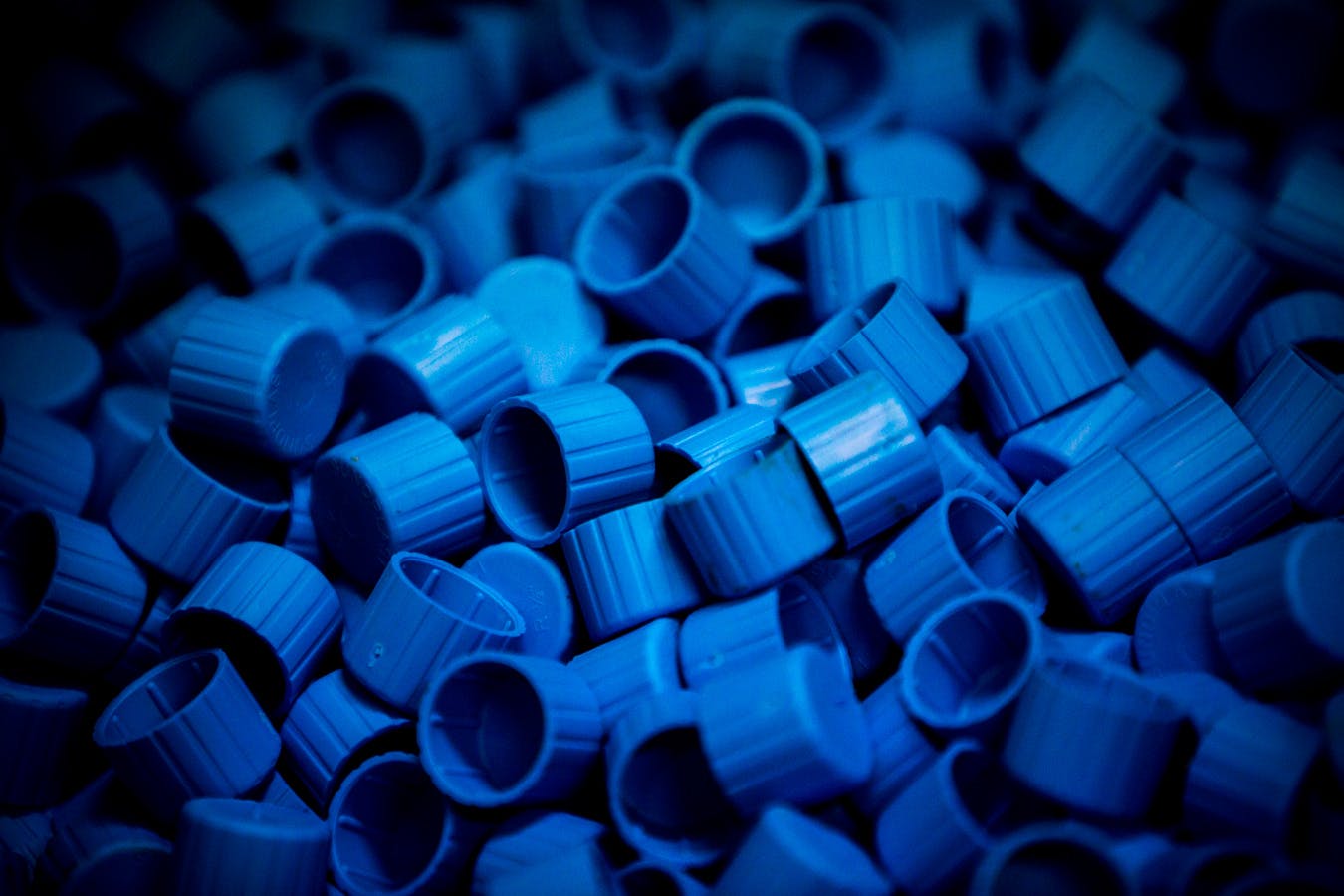Materials
Material selection
The choice of material is important. By choosing incorrectly it can lead to that the product does not fit properly or that it can’t handle the conditions needed. With the help of our experienced team of sales engineers we can easily guide you to a material that suit your needs.
LDPE – Low Density Polyethylene
Polyethylene, which is one of the four volume plastics, is a price-friendly alternative. Low density material is the most common choice for protective products. The material is considered soft and seen many times as a cross between thermoplastics and elastomers. The positive properties are the resistance and impact strength. LDPE can handle cold very well, requiring temperatures down to -50ºC before it becomes brittle. At higher temperatures the material becomes soft quickly.
HDPE – High Density Polyethylene
Polyethylene, which is one of the four volume plastics, is a price-friendly alternative. With high density material is stiff and strong, but it’s not the most common choice for plugs and protective. HDPE has good chemical resistance and low permeability to gases and moisture. The opacity and the impact resistance is comparable with LDPE. The material is sensitive to stress cracking.
TPE – Thermoplastic Elastomer
Thermoplastic elastomer is a soft rubber-like material. Application temperature is between -40ºC and 100ºC, but the material is flexible down to -60ºC. The material is resistant to UV radiation, ozone and termooxidatov therefore it works great to use outdoors.
PP – Polypropylene
Polypropylene, belonging to the four volume resins, in addition a low price many similar properties compared with PE. But PP is mainly stiffer and more heat resistant. However, PP is not capable of handling colder temperatures, it takes only -10ºC for the material to become brittle. PP has good chemical resistance, with some sensitivity to strong acids.
PA – Polyamide
Polyamide is a common kind of plastic and is more commonly known as nylon. It is very hard but needs to be humidificated before use for the first time. This allows it to have better impact resistance properties. Temperature-wise, it can handle the heat well, which has led to the plugs that are exposed to heat often use this material in one of its many forms.
